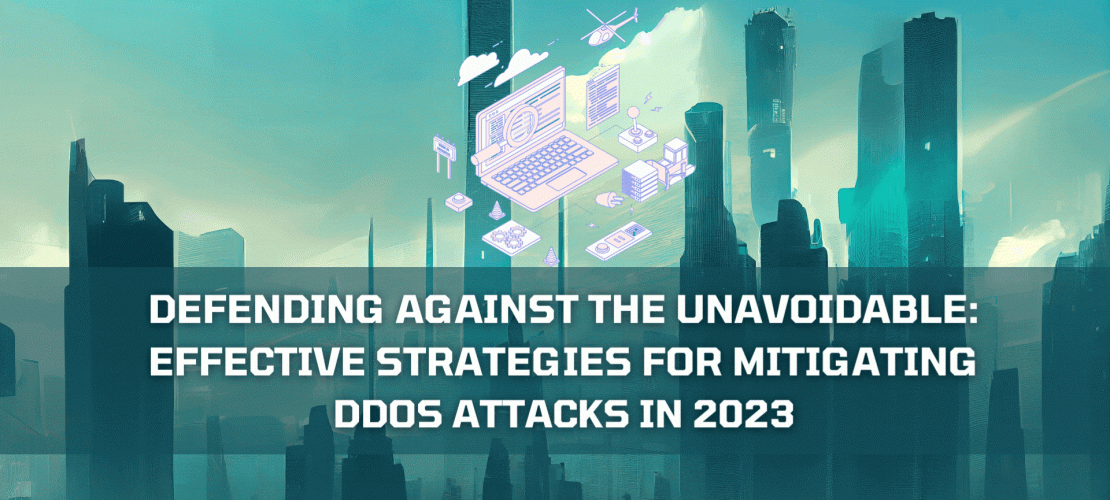As we move into 2023, it’s no secret that cyber threats continue to evolve and become more sophisticated. One of the most common and devastating attacks that organizations face is Distributed Denial of Service (DDoS) attacks. These attacks can cause significant damage to businesses, resulting in downtime, lost revenue, and reputational harm. In this blog, we will discuss the steps organizations can take to prepare for and prevent DDoS attacks in 2023.
Understanding DDoS Attacks
Before diving into prevention strategies, it’s essential to understand what a DDoS attack is and how it works. DDoS attacks are a type of cyber attack where a large number of computers or devices, often controlled by a botnet, are used to flood a website or network with traffic. This flood of traffic overwhelms the target, causing it to become unavailable to legitimate users.
DDoS attacks come in various forms, including volumetric attacks, which flood the network with traffic, and application-layer attacks, which target specific vulnerabilities in an application or service. These attacks can also be launched using different vectors, such as UDP floods, SYN floods, and HTTP floods.
Preparing for DDoS Attacks
To prevent DDoS attacks, organizations need to prepare themselves and their infrastructure. Here are some steps to take:
- Conduct a Risk Assessment
The first step is to conduct a risk assessment to identify potential vulnerabilities and determine the potential impact of a DDoS attack. Organizations need to evaluate their infrastructure, including networks, applications, and servers, to understand their potential attack surface.
- Implement DDoS Protection Solutions
Organizations need to implement DDoS protection solutions, which can include hardware appliances, software-based solutions, and cloud-based services. These solutions use various techniques to detect and mitigate DDoS attacks, such as analyzing network traffic patterns, filtering malicious traffic, and using advanced algorithms to identify and block attack traffic.
It’s important to choose a solution that is tailored to your organization’s specific needs and can effectively mitigate both volumetric and application-layer attacks. Additionally, it’s essential to regularly test and update your DDoS protection measures to ensure they remain effective against evolving threats.
- Develop an Incident Response Plan
Organizations should develop an incident response plan that outlines the steps to take in the event of a DDoS attack. This plan should include procedures for identifying and containing the attack, as well as restoring services and communicating with stakeholders.
- Train Employees
Employees are often the first line of defense against cyber threats, including DDoS attacks. Organizations should provide regular cybersecurity training to their employees to raise awareness of DDoS attacks and how to respond to them.
- Monitor Networks
Organizations should monitor their networks and infrastructure for signs of DDoS attacks. This can include setting up monitoring tools, analyzing network traffic patterns, and using threat intelligence feeds to identify potential threats.
- Implement Best Practices
Organizations should follow cybersecurity best practices to reduce their attack surface and prevent DDoS attacks. This includes implementing strong authentication and access controls, patching vulnerabilities promptly, and using encryption to protect sensitive data.
Conclusion
DDoS attacks continue to be a significant threat to organizations in 2023, and it’s essential to take steps to prevent them. By conducting a risk assessment, implementing DDoS protection solutions, developing an incident response plan, training employees, monitoring networks, and implementing best practices, organizations can prepare themselves and reduce their risk of falling victim to DDoS attacks. It’s essential to remain vigilant and update your cybersecurity measures regularly to stay ahead of evolving threats.




